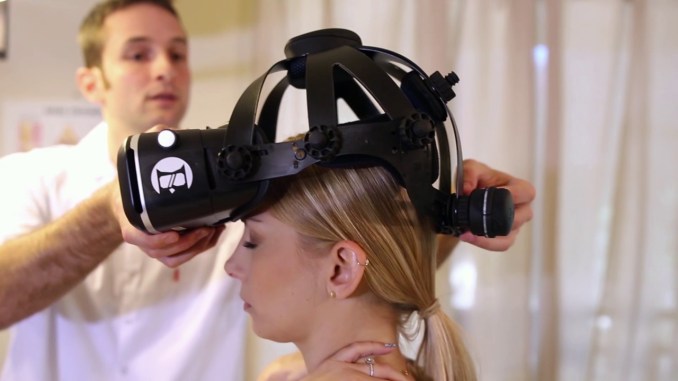Physical therapy helps restore muscles damaged by trauma, whether the athlete might have taken a substantial hit or overexerted during practice. At high-level play, physical therapy is almost like routine maintenance. As essential as a good practice routine.
VRHealth has created VRPhysio, a set of customizable exercise apps that are FDA authorized. These applications collect and measure patient data, in addition to insights that improve recovery time. With over 1,000 treatments, VRHealth offers a wholly new and promising approach to PT.
Analytics Driven Decisions
The core of VRHealth is the data it measures. The application collects baseline statistics patients can use to view their progress, while historical information provides clinicians information on costs and effectiveness.
[youtube https://www.youtube.com/watch?v=2DtibNxFG2k&w=560&h=315]
Aqua Clown shows this technology in action. First, a virtual avatar “trains” the patients on the rules of the game while testing for the range of motion. Then he is run through a series of exercises where he inflates a balloon by tracking it with his head. Gamifying physical therapy helps reduce a patient’s pain response.
After the session, the reviews the smoothness of the head motion, accuracy, and measurements against past sessions when available.

Doctors can communicate a patient’s progress more effectively with this information. Charts on historical usage go even further, consequently providing clinicians a top-level view of VRHealth’s effectiveness.
Costs and Practicalities
A doctor’s office is a place where space is a commodity, therefore VR treatment must work within confined boundaries. VRHealth requires only a modest play space and the Oculus Rift reduces costs. The company hopes VRPhysio will eventually solve home care needs, yet mobile VR cannot track with such precision.
VRPhysio would be an essential tool in patient care, combining the benefits of home care with accountability. Physical therapy relies heavily on consistently training the muscles to behave a certain way, repeating simple exercises that serve an important function in recovery. Accountability and gamification would be powerful tools that keep patients on task and shorten recovery times.
FDA Authorized Applications
The company currently features three FDA approved applications: Catch the Screen, Balloon Blast, and Aqua Clown. In Catch the Screen, patients choose a short clip to watch that moves around their field of view. Aqua Clown and Catch the Screen offer similar experiences, while Balloon Blast is full body.
Balloon Blast works like Fruit Ninja in practice, and it tests a patient’s range of motion in arms and shoulders. Balloons on a pole line up in straight or slanted lines. Patients take needles and pop the balloons, accumulating score bonuses for reduced misses. That scoring system keeps patients engaged, while the Rift controllers measure the degrees of motion in their movements.
[youtube https://www.youtube.com/watch?v=sz9HldHFEKI&w=560&h=315]
With FDA authorization, these three applications have significant implications for VR fitness and health. A clinic can utilize these programs, and expect measurable results that have been thoroughly tested to rigorous standards. Most of all, VRHealth is backed by clinical research on VR pain management and recovery.
Future Healthcare
VRPhysio is highly customizable. Applications can either test patients gradually or deal with particular hurdles in physical therapy. Athletes at high levels need to spend more time on the field and less in recovery, therefore applications like VRHealth are in demand. Backed by science and approved by the FDA, more professional organizations are embracing VR for player improvement, and soon physical recovery.


